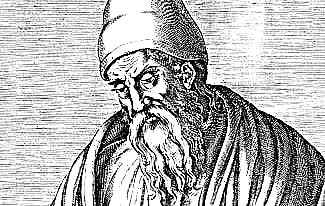What is allegory? This word is familiar to many since school, but not everyone remembers its true meaning. Many people confuse this term with a metaphor, hyperbole, or another concept.
In this article we will tell you what is meant by an allegory and what it can be.

What does allegory mean
Translated from the ancient Greek word "allegory" means - allegory. Allegory is an artistic representation of ideas (concepts) using a certain artistic image or dialogue.
In simple terms, an allegory depicts an object or phenomenon behind which another concept is hidden. That is, when one is said, and another is meant. Here are some examples of allegories:
- Themis with scales - justice, justice;
- heart - love;
- the snake is deceit.
We can say that allegory is a disguise of the true meaning. Especially often fabulists resort to allegories, who endow their characters with human qualities.
This can be clearly seen in the example of Ivan Krylov's fable "The Crow and the Fox": the crow is an allegory of a person succumbing to flattering words, a fox is an allegory of a cunning and flattery person acting for selfish ends.
Often, writers use the names of their heroes as allegories. So Gogol has Sobakevich and Tyapkin-Lyapkin, and Fonvizin has Pravdin and Prostakov. When the reader first hears these names, he already intuitively understands the character of this or that character.
Very often, artists resort to allegories who seek to depict love, justice, seasons, longing, death and other things or feelings on their canvases. At the same time, without noticing it, people often use allegories in colloquial speech, due to which it becomes more refined and deep.









